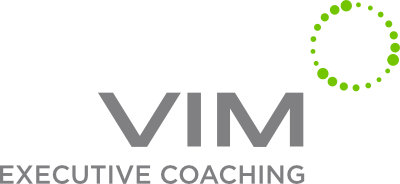Accessibility
by way of conscious boundaries
“Man’s mind, once stretched by a new idea, never regains its original dimensions.”
As we learn to build healthy boundaries, we gain clarity of the essence of who we are - as a person and as a leader and of how to better relate to others. Paradoxically, a challenge can easily arise from two of the very traits that have long driven the success of many executives – commitment and discipline. These traits are so deeply woven into the psyche of the leader that their boundaries may gradually become inflexible. Their boundaries may become walls.
When you build boundaries with awareness, you create a conscious space from which to view the patterns of your business, your interactions with others and possible solutions to challenges. This space supports your vision to grow and allows you to explore and be flexible with the changes that constantly surround you. In this space, you become accessible to new and different perspectives and ideas.
Walls are very deceiving. Initially, they are comforting because they create a sense of peace. The primary danger with walls lies in the isolation they create. Unlike the flexible, porous nature of boundaries that embrace growth, walls become rigid, closed and limiting due to their potential to become laden with fear.
As we explore accessibility, you will find this tool can generate different perspectives and opportunities that might never have been considered. Change is an absolute; we either flow with change or become a victim of change. Consciously connecting with different perspectives, experiences, attitudes and ideas will often lead to a powerful network of the collective intelligence and insights of select others. Conscious boundaries provide you the tools to be accessible to growth and true abundance.
Reflection
“I’ve always struggled with my propensity to try to dictate how others perceive me. I think we all do to some degree. It’s so easy to get caught up in trying to control how others relate to us, treat us, and respect us. [But in the end, it’s a fool’s errand.]
While exploring accessibility through this exercise, I realized that I could create boundaries not just to define my interactions with others, but to define my interactions with myself. When I stopped using boundaries to regulate the energy of others and instead used them to nourish my own energy, I found a much more powerful tool.
Good boundaries allowed me to open myself up to others because their goal is to allow people closer, by helping us become more open and more present. In contrast, walls are boundaries that ask others to take us seriously, or to command respect. The boundaries found in this exercise helped me connect more fully to myself and others.”
A. K. Technology Entrepreneur
“Do not follow where the path may lead. Go, instead, where there is no path and leave a trail.”
Questions for Self-Exploration
The content, structure and flow of this exercise are designed to guide you in:
evaluating your states of presence and accessibility
examining your boundaries and openness to change
determining what may or may not be working for you
applying this knowledge to better manage your energy and improve your communications with others
IMPORTANT
This questionnaire is quite lengthy, and you may not complete it in one session. However, if you need to stop, the form will autosave, and you can return to complete it at a later time.
For this function to work:
You must use the same device and browser app when you continue
Ensure that Incognito or Private Browsing mode is turned off


